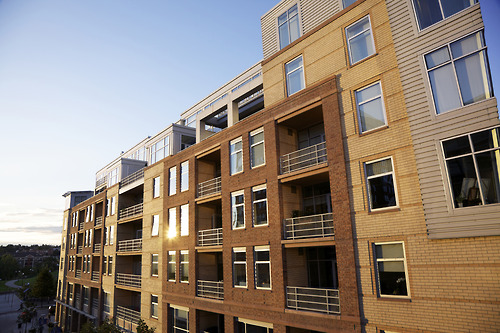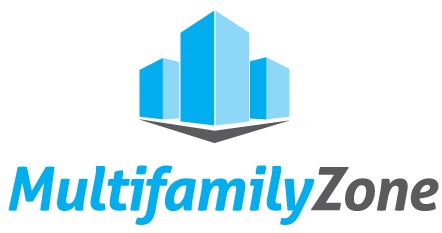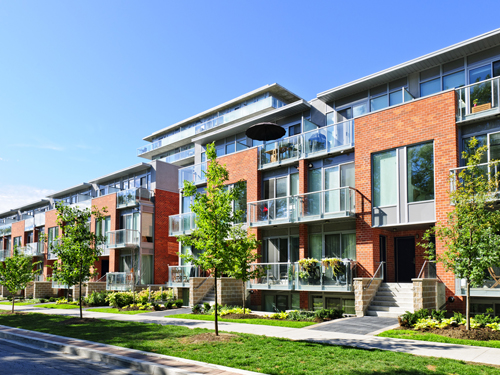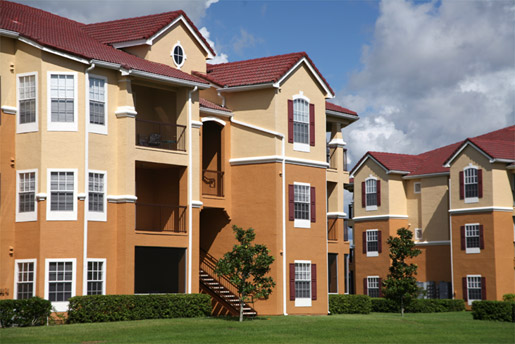Building a Thriving Adult Community: Is Your Property Ready for Baby Boomers?
 According to Pew Research, there are almost 80 million “card-carrying” baby boomers. This energetic group of citizens accounts for more than a quarter of the total US population. The growing demand for active adult communities presents unique challenges and promises for property managers looking toward the future.
According to Pew Research, there are almost 80 million “card-carrying” baby boomers. This energetic group of citizens accounts for more than a quarter of the total US population. The growing demand for active adult communities presents unique challenges and promises for property managers looking toward the future.
To put the staggering figure above in perspective, research projections suggest that between 8,000 and 10,000 boomers will reach retirement age every day for the next decade and a half. Many retirees from the northeastern seaboard and northern mid-western states migrate to warmer southern climates. However, property owners and self-managed property managers can learn valuable strategies for building a thriving adult community in any locale by taking a virtual peek at the way Florida properties woo 55-plus tenants.
There is a strong appetite for defining property cultures – personalities, if you will. Although wooing this group presents some challenges, it doesn’t have to be difficult. True, they are more engaged than past older generations, but identifying the culture helps you ascertain where you expect your property to grow. The best strategy is to look ahead to where you want your property to be in the next five to ten years and begin shaping your community vision today.
Whereas past generations were content to settle into a leisurely lifestyle, this generation has more relative connections to the Millennials than to their parents’ generation. They cling to nostalgic music and movies, but are more likely to watch them today with a download to their laptop than as reruns on the RCA.
Common areas and amenities should reflect this lifestyle. A tour of popular South Florida adult communities reveals game rooms furnished with corner billiard tables and space dedicated to mid-week mahjong clubs. Beneath the framed Casa Blanca poster in the foyer you’ll see a docking station and information about the property-wide Wi-Fi service.
Another great feature many properties add is a fully furnished library with classics and new releases.
Each community has similarities, but a different feel the moment you enter the property. In a target rich environment, drawing in the surrounding area for additional engagement opportunities elevates tenant satisfaction. Developing close ties with the broader community – essentially bringing outside interest into the property – strengthens relationships.
A 2012 Wells Fargo study revealed that more than a third of retirees who accumulate less than $250,000 before reaching retirement age will continue working out of necessity. Some expect to work at least until their 80th birthday.
Since today’s 55-plus generation is working longer than their parents and grandparents, adding on-site business centers is often a bonus for prospective tenants. Supporting work-at-home ventures, when space and zoning allow, provides another layer of commitment to meeting resident needs.
The demand for quality apartment homes will continue to increase over the next 10 to 15 years. Outdoor space is both a pleasurable commodity and a “must-have” for many active adults. Urban properties – those outside the city proper – will enjoy increased revenue potential since many aging adults are more often able and willing to pay more than other groups for the right property.
While the business model doesn’t necessarily change, active older adults are reshaping rental communities. Focusing on the quality of your community and the quality of your services is an excellent place to start.
Boomers are actively looking for retirement communities, are you ready?
 |
Appfolio | Company Website | LinkedIn Connect |
AppFolio, Inc. develops Property Management Software that helps businesses improve their workflow so they save time and make more money. Appfolio submits articles & blogs including topics of Resident Retention, Improved Owner Communication, Time Management, and more. |












